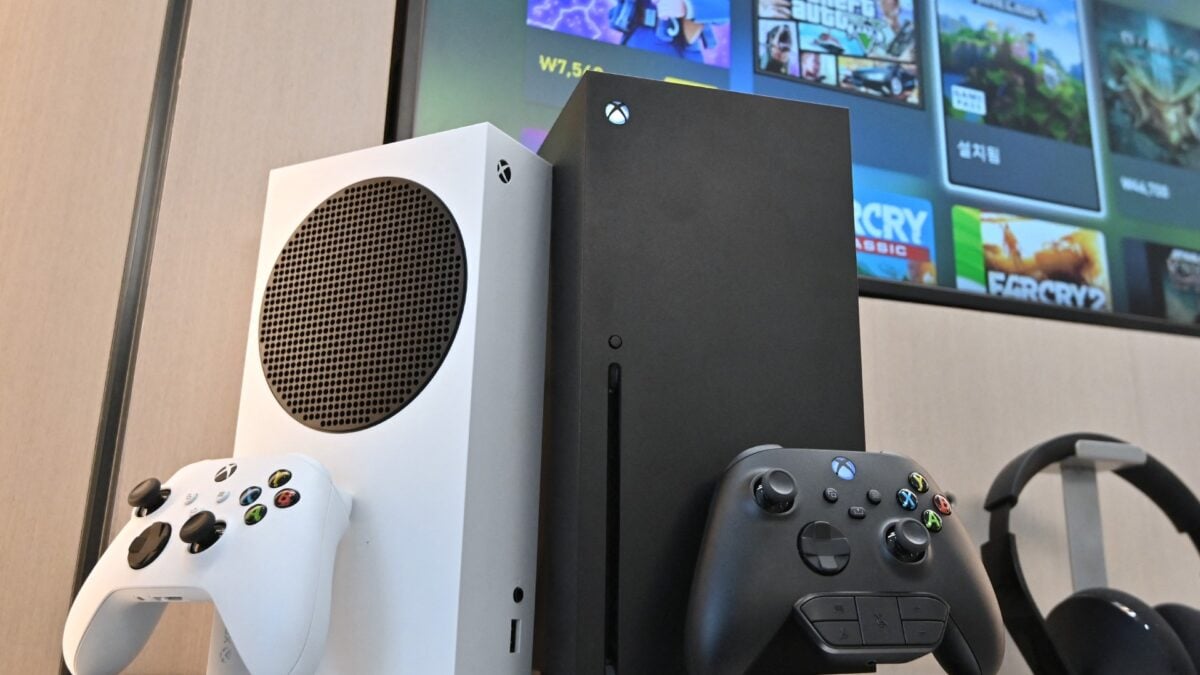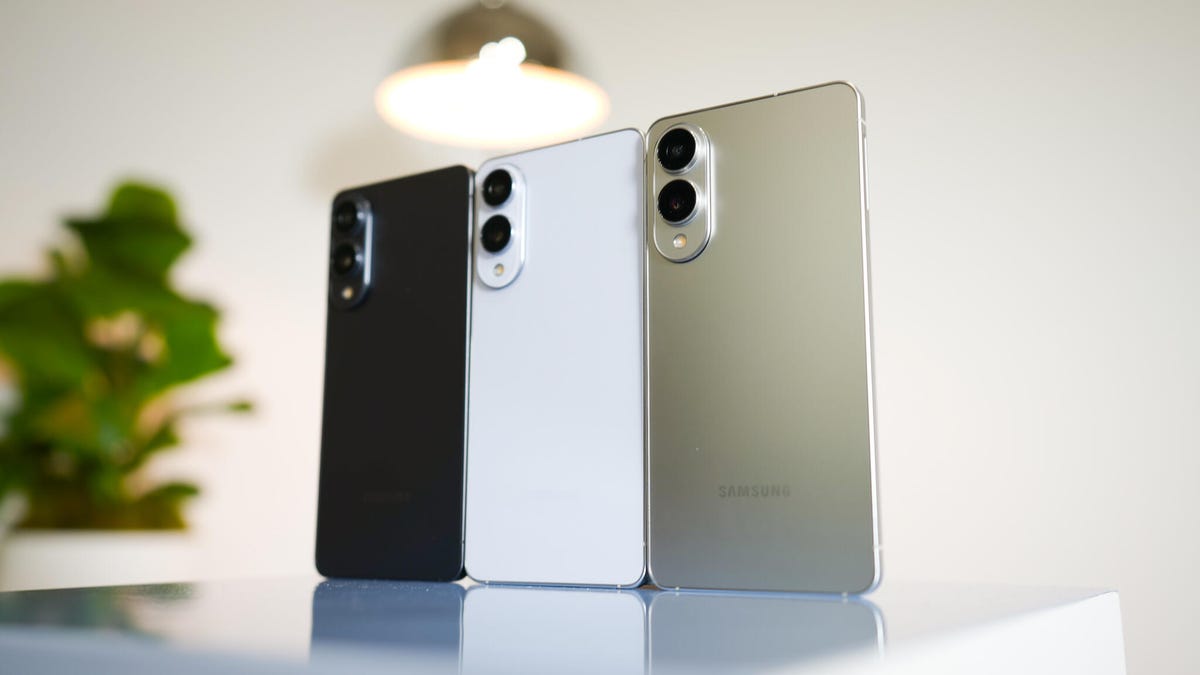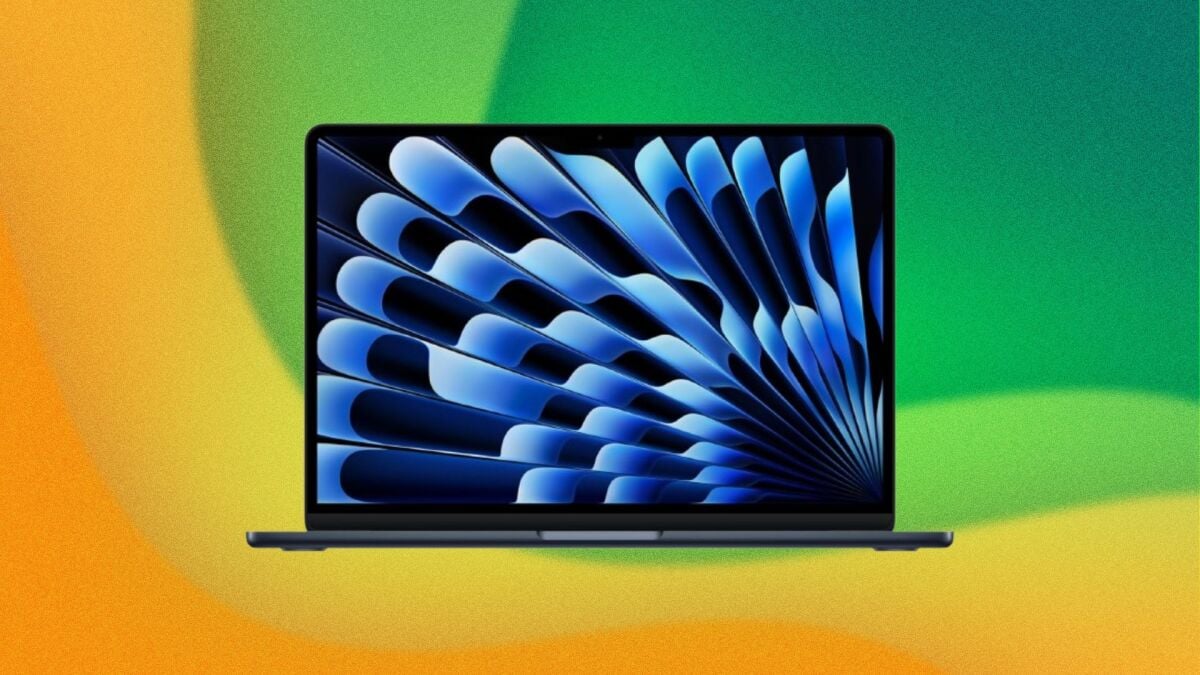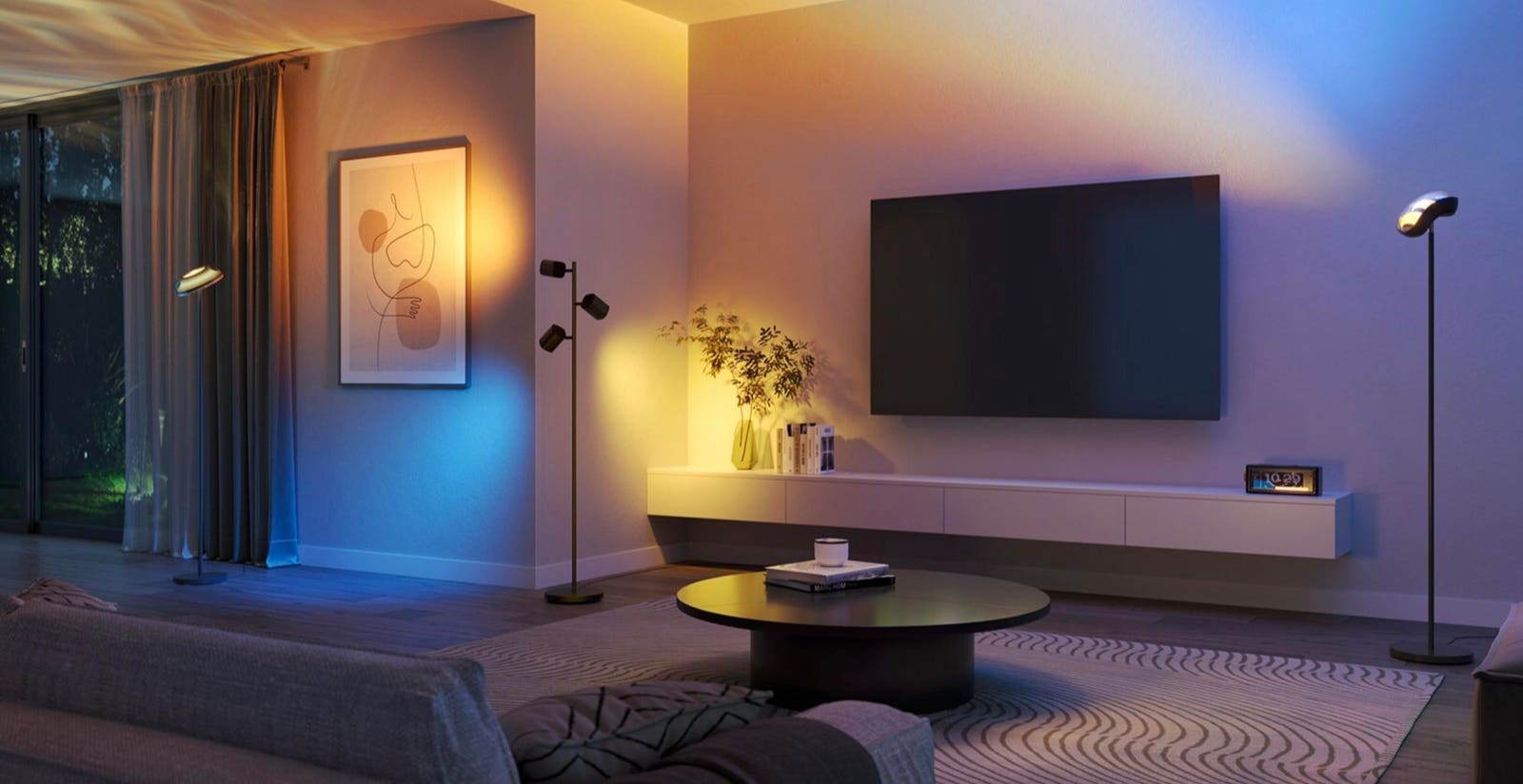Xbox is in a weird place right now, and I’m not the only one who thinks so. In fact, people with more important opinions on the subject than myself seem to agree: if Microsoft doesn’t get its shit together on hardware, the box as we know it is cooked. Laura Fryer, the former director of the Xbox Advanced Technology Group for the original Xbox project back in May 2000 and former executive producer for Microsoft Games Studios up until the Xbox 360 days, put it bluntly in a recent video.
“Obviously, as one of the founding members of the Xbox team, I’m not pleased with where things are today. I don’t love watching all of the value that I helped create slowly get eroded away,” Fryer said in a video on YouTube. “I’m sad because, from my perspective, it looks like Xbox has no desire—or literally can’t—ship hardware anymore. So, this partnership is about a slow exit from the hardware business completely. Personally, I think Xbox hardware is dead.”
The partnership that Fryer is referring to is, of course, the Xbox and Asus team-up that will see the release of the ROG Xbox Ally handheld that was announced at Computex earlier this month. The criticism from within the games industry and fans is that Microsoft didn’t design the handheld device, instead outsourcing the work to Asus, which modified its existing ROG Ally X handheld PCs, and then slapped Xbox software onto it. Was it laziness on Microsoft and Xbox’s part? Or is it afraid to commit to Xbox hardware?
Ouch. As rough as those words may be, it’s hard not to agree. Out of the gate, Xbox’s current generation of consoles, the Series S and X, were all but trounced by Sony and the PS5, the latter of which snatched a commanding 70 percent of the market share in the first five years of both consoles’ lives. There are a lot of reasons for that, and arguably the biggest is that PlayStation had the exclusive titles that made people actually want to buy a console. But pinning it on game exclusives doesn’t paint the full picture. Part of the problem is that Xbox, for all its past Gamer with a capital “G” glory, got boring. So yes, Xbox is in a weird place right now, but people still want consoles, which means it’s time for them to get even weirder—yes, I’m talking hardware, too.
First, let’s start with the boring box that Xbox houses all of that X in. It sucks. It’s a snooze that makes year-over-year smartphone design feel innovative. Sure, it’s sterile and can mesh with your new-build city-dwelling decor, but it’s also—on the downside—half-assed. If you’re selling people hardware that plays games, they ought to know that it’s a console and not a VCR you forgot to sell in 1997. Say what you will about the PS5 (it’s ugly; that’s the only correct opinion), but Sony took a swing with it. It made sure that everyone who bought one felt like they were buying a console, and like it or not, you eat with your eyes. If you want to give people a reason to buy your console, maybe try giving them a reason. Nintendo did that with the Switch in 2017, and as far as I can tell, that’s going (checks watch) really f*cking well.
Speaking of the Switch, Xbox should probably find a way to differentiate its hardware functionality-wise. As dominant as the PS5 has been in the console business, it’s still fundamentally the same machine as the Xbox. That’s a shame, considering Xbox had ample opportunities to bring hardware in exciting new directions over the years. Not to be the Kinect guy, but damn did Microsoft bungle XR big time—and then again, it bungled XR with the HoloLens. In the multiverse, there’s a timeline where Xbox used its experiments with XR via the Kinect and HoloLens to snatch value from the trembling hands of Sony and Meta’s Quest headsets. That is not this timeline, as we all know, but if it really wants to give Xbox a future worth financing, maybe there’s still room to take those more daring expeditions into gaming and refresh them for today’s age.
The last thing Xbox needs to do to get weird is a little more nebulous—it needs a new identity. Sure, Game Pass has been a ray of light in an otherwise dim outlook for Xbox, but turning the consoles into subscription machines doesn’t exactly scream, “We see you gamers, and we hear you.” Xbox can still continue to sell Game Pass subscriptions, don’t get me wrong—I love Game Pass, and being able to stream games on devices like the Quest 3 feels like a revelation to me. But the emphasis on Xbox being the thing that gets you to the thing makes hardware feel like an afterthought. Gaming on a console that you’ve spent $500 on should feel native; it should feel complete; it should feel like an Xbox, not a PC. That goes back to game exclusives, partly. Sony has had no issues getting weird with its exclusives—Death Stranding, for example, is one of the weirdest games you can play, and now Death Stranding 2 is a PS5 exclusive, which is apparently devastating some gamers. Sucks for them, but it’s kind of a huge win for PlayStation. It’s also more proof that Xbox doesn’t need to be the Netflix of gaming; it needs weird, magnetic titles that make its console feel experiential.
As you may have gathered, this would all be kind of a huge shift for Xbox, and it’s debatable whether Microsoft even has the will to make any of it work. I know the last few years have been lackluster for Xbox, but people still want consoles, and the recent success of the Switch 2 all but proves that. Nintendo, for its part, didn’t earn that success the easy way. It took a gamble with the Switch by redefining its hardware, pivoting inward towards games, and ended up releasing the defining console of our generation. That’s all to say, the ball is in your court, Microsoft. Are you going to go out with a bland, forgettable box? Or get weird and, at the very least, go down swinging?







